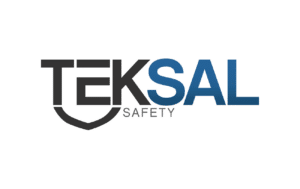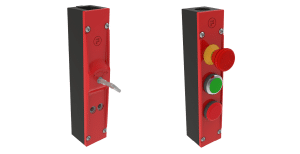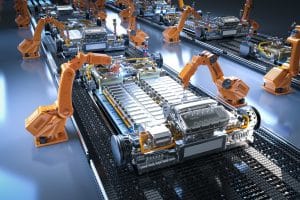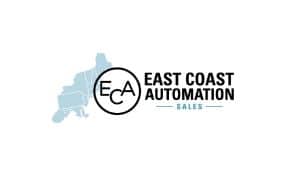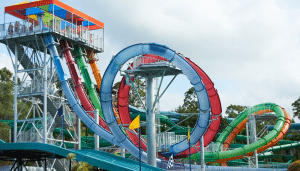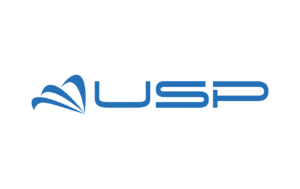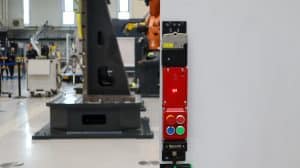Noticias y datos
Lea los últimos artículos, noticias y actualizaciones de Fortress. Explore nuestras perspectivas sobre tendencias del sector, lanzamientos de productos y próximos eventos para mantenerse conectado e informado.
Estamos orgullosos de aparecer en las principales publicaciones del sector. compruebe dónde nos han publicado aquí.
//
Destacados
New Webinar: Interlocking in Machinery Safety
Did you know that machinery safety standards are updated regularly
- Evento
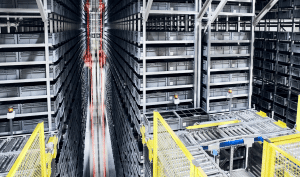
Resumen del seminario web: Mejora de la seguridad en los sistemas de almacenamiento y recuperación automatizados (ASRS)
- Artículo
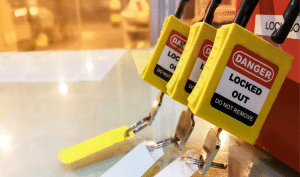
Control de la energía peligrosa: Actualizaciones clave de la norma ANSI Z244.1 revisada
- Artículo
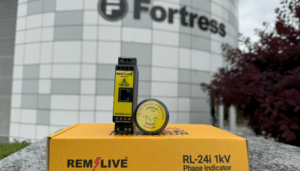
Construir un lugar de trabajo más seguro: los seis primeros meses de Remlive con Fortress Safety
- Artículo
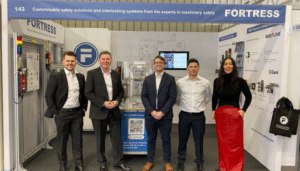
Fortress Seguridad en SPS 2024: Un repaso a los aspectos más destacados y las innovaciones
- Noticias
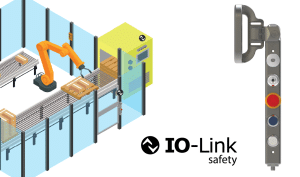
Fortress Safety amplía las capacidades de tGard con la compatibilidad de seguridad IO-Link
- Evento

Remlive en la Conferencia sobre Seguridad Eléctrica en Minas 2024, Australia Occidental
Empiece a trabajar en su solución personalizada
Nuestro equipo de ventas está a su disposición para ayudarle a encontrar la solución de enclavamiento perfecta para su sector; o bien, con nuestro configurador de productos, puede rellenar un rápido formulario con sus necesidades específicas para generar un número de pieza de configuración personalizada.
